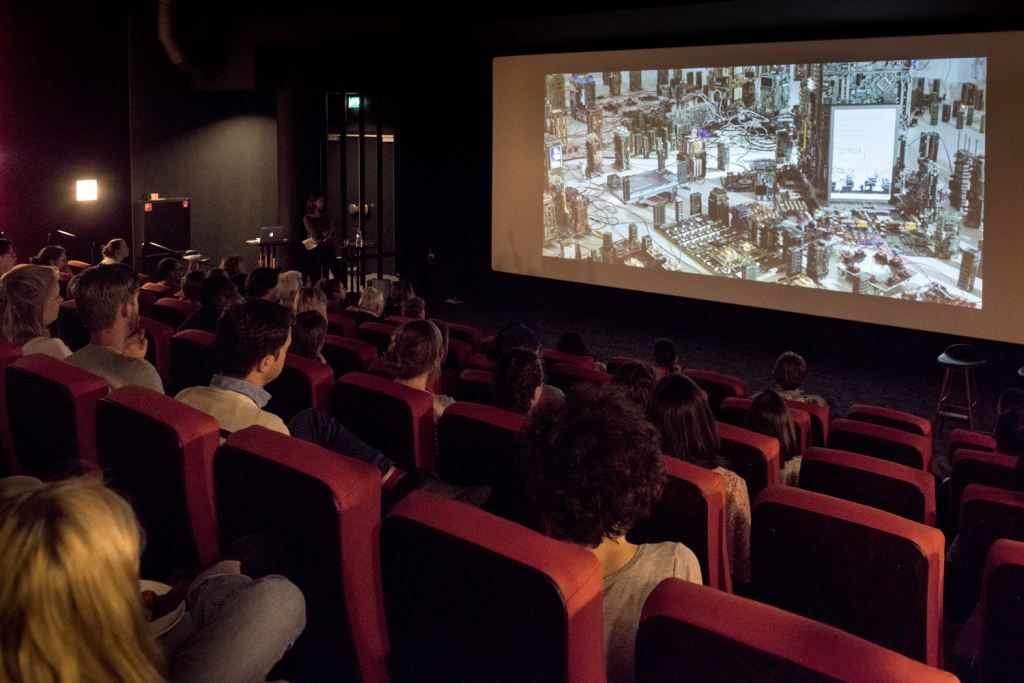
“Watching is counting”, says Arne Hendriks in the auditorium of Natlab on Monday night. The curator is first speaker during ‘The Big Data/Dada Dialogues’. A seminar about big data, organised by Age of Wonderland. Hendriks looks into the full cinema hall with a penetrating gaze. “Anyone who is not counted, does not exist. But who determines what is counted by whom? And for whom is it counted?”
These kind of philosophical questions are the point of focus during the seminar. Several speakers share their views on big data. No practical applications and Hosanna stories about the endless possibilities of big data, but philosophizing about what the arrival of the bulk of information and subsequently that of ‘smart cities’ mean for society.
Under the title “The State of Eindhoven”, E52 brings a series of stories about the steps the city takes towards a smart society and the connections within, between big data and the inhabitants.
The evening is organised by Age of Wonderland. This initiative of the organisations Baltan Laboratories and Hivos, invited six fellows for the third time in a row this year. These fellows are artists, designers and other creative minds from Africa, Asia and Latin America. They have engaged in the subject of big data. The result can be admired during the Dutch Design Week in the Natlab Basement. Additionally, the fellows are running several workshops this week on their big data projects.
The second speaker, Nishant Shah, is giving an example of the power of data and how it literally moves people, even though the information turns out incorrect. The professor of aesthetics of culture and digital media is referring to the “northeast exodus” of 2012 in Bangalore.
“If the police deny it, it is probably true.”
That year thousands of people who were born in northeast India, escaped from the city. There were messages about violence against this group circulating on social media. It did not matter that this information was factually untrue.
Messages from the police, saying that there is no question of a wave of violence, were considered a confirmation. “If the police deny it, it is probably true, they thought”, says Shah from the stage.
Denying the coverage was working counterproductive. Only when the police went to check and restrict the data stream, the exodus came to an end. The short-term solution lay in data management, deleting false messages from the internet.
The solution did not lie in the distribution of new data, but in controlling the algorithm. “Data does not exist, merely algorithms”, says Shah. It is about checking the algorithms. They determine which data is filtered and which data is not.
However, the problem of this focus on data management is that the real problem remains underexposed. Why is there violence against the fleeing group? What underlying social tensions are there? Real problems become technological problems of management and control, according to the professor.
Control is an important aspect of big-data, also according to the third speaker. Professor Julia Hoffmann of Hivos explains how that works: “People naturally tend to have the urge for control and management. They like predictability. Nevertheless there is fear for big data, even though they give a higher level of predictability.” It is the paradox of big data.


